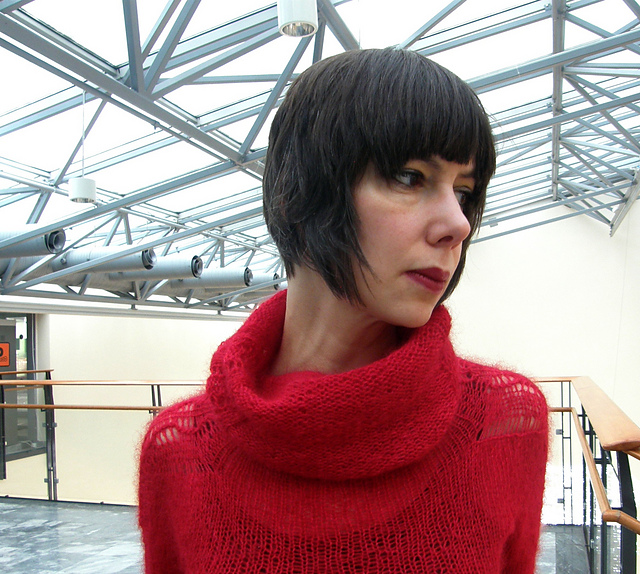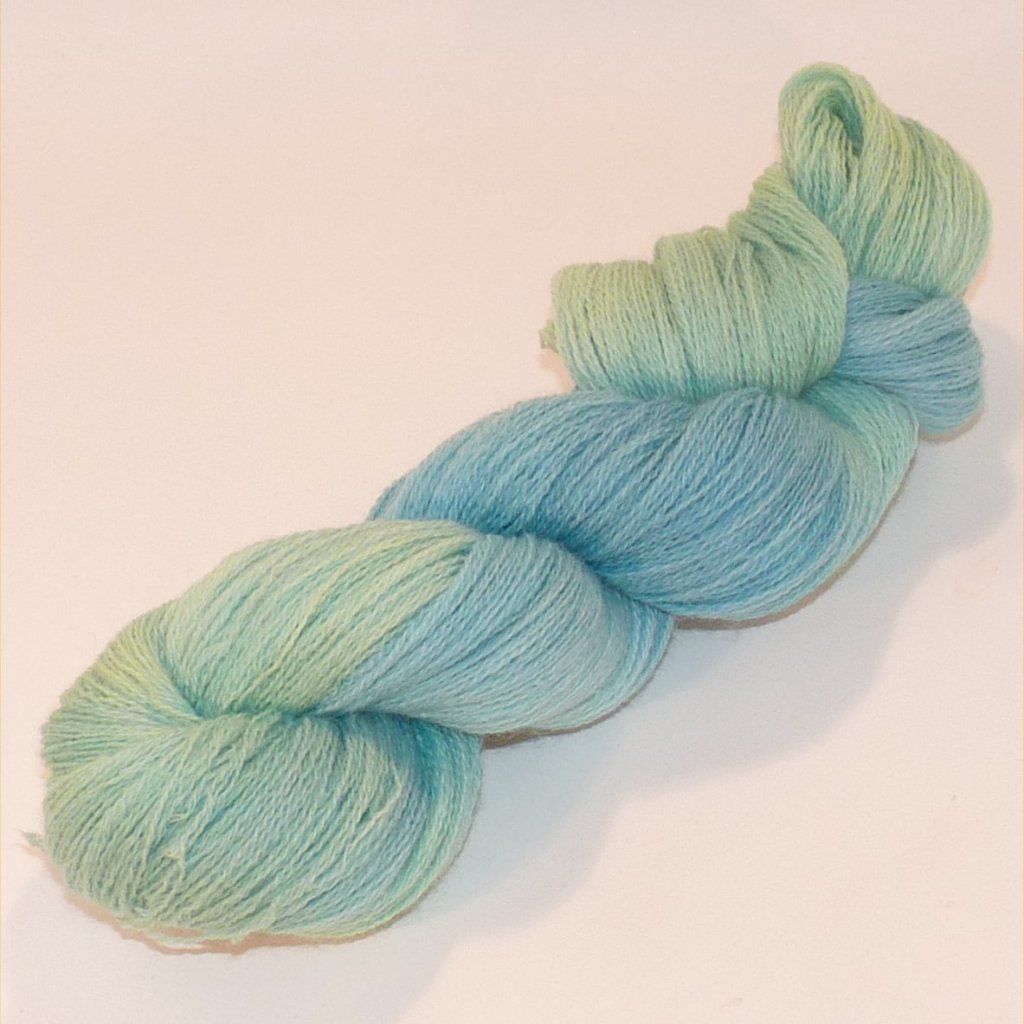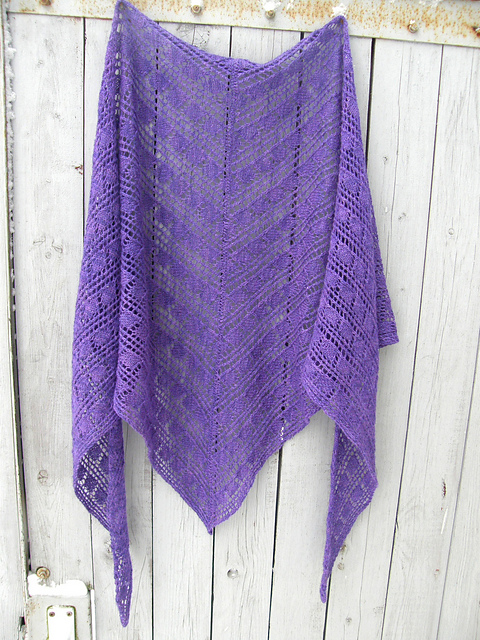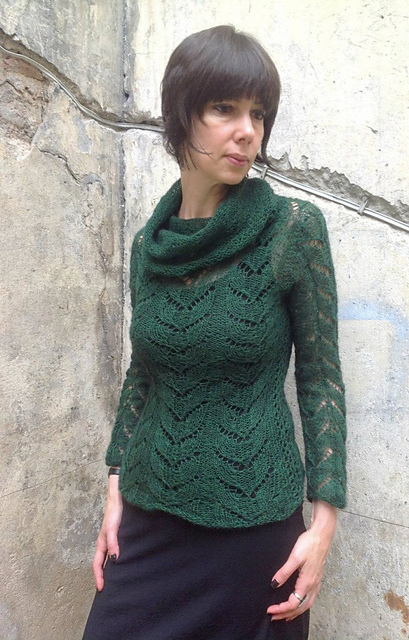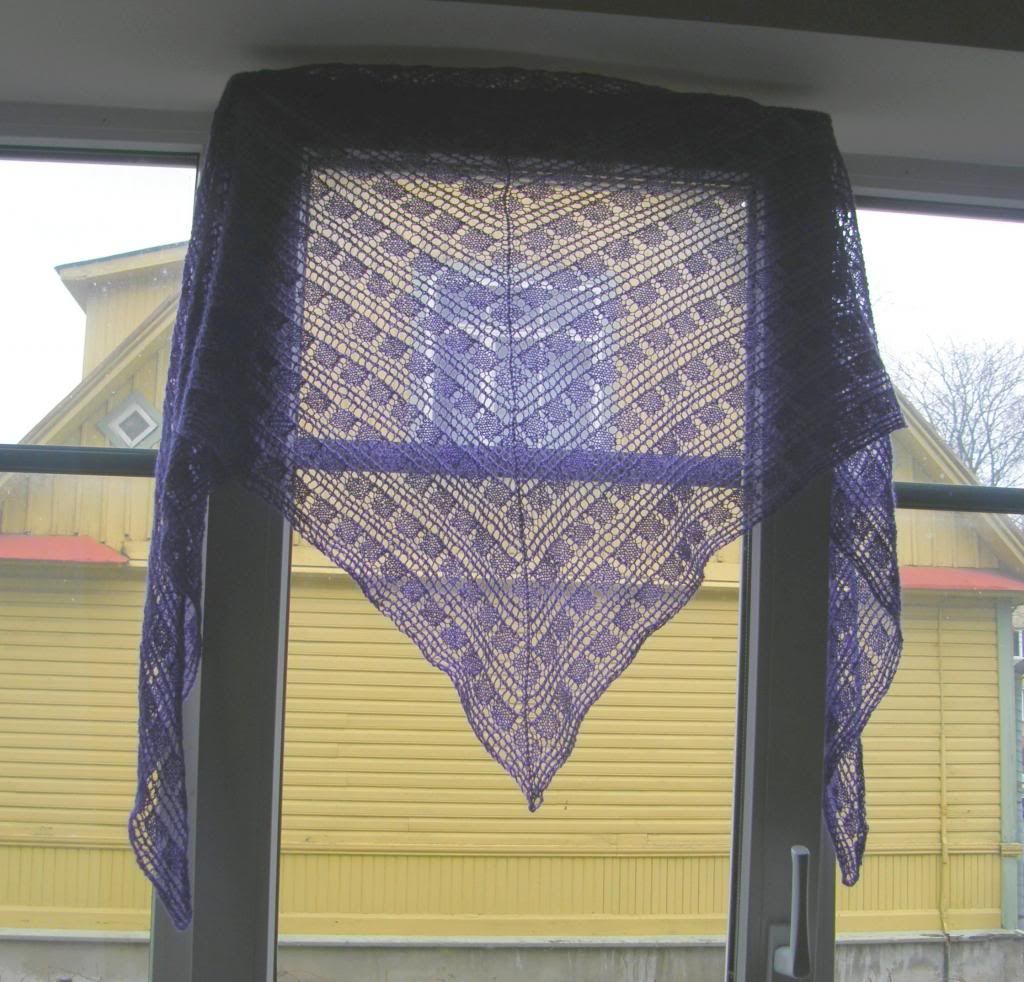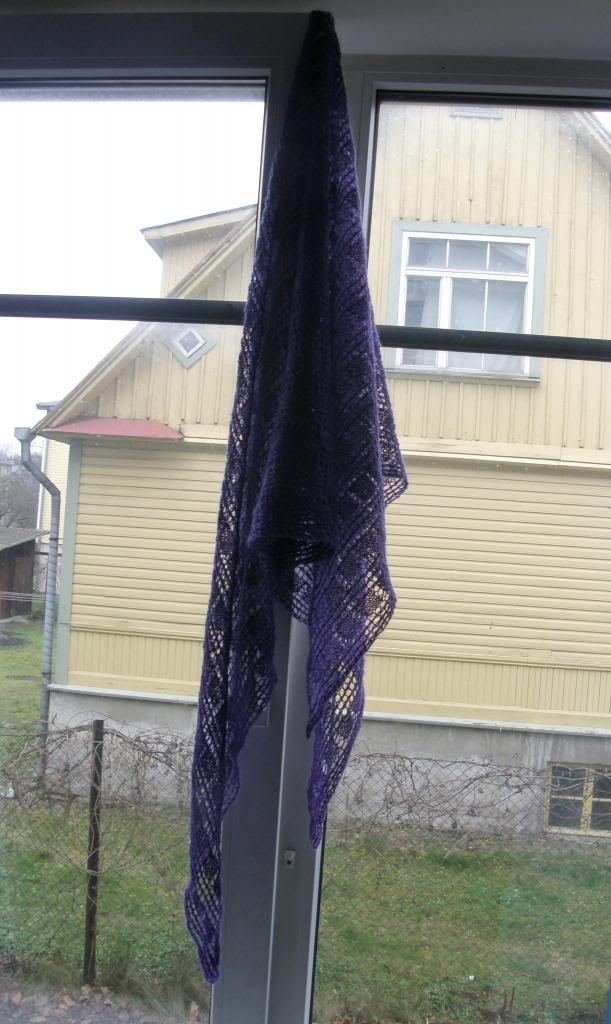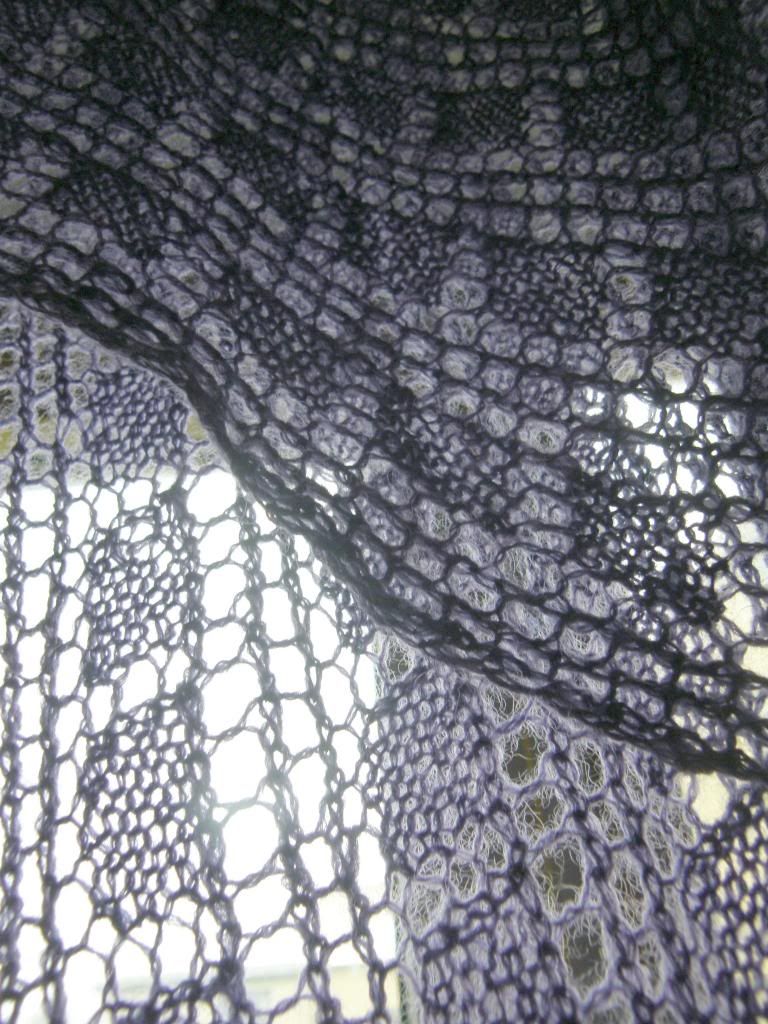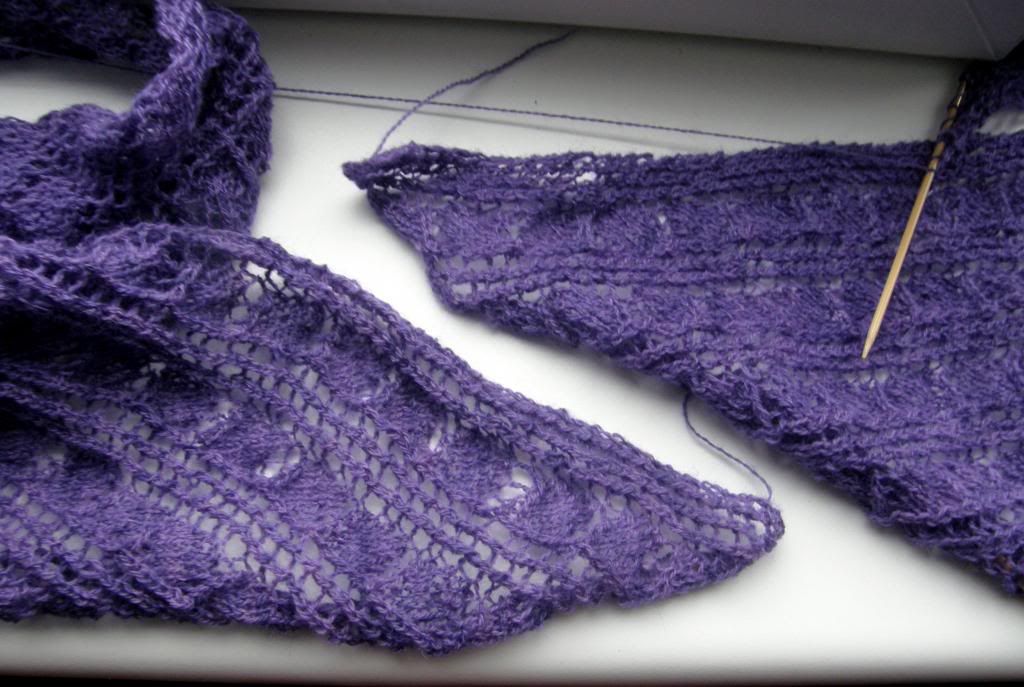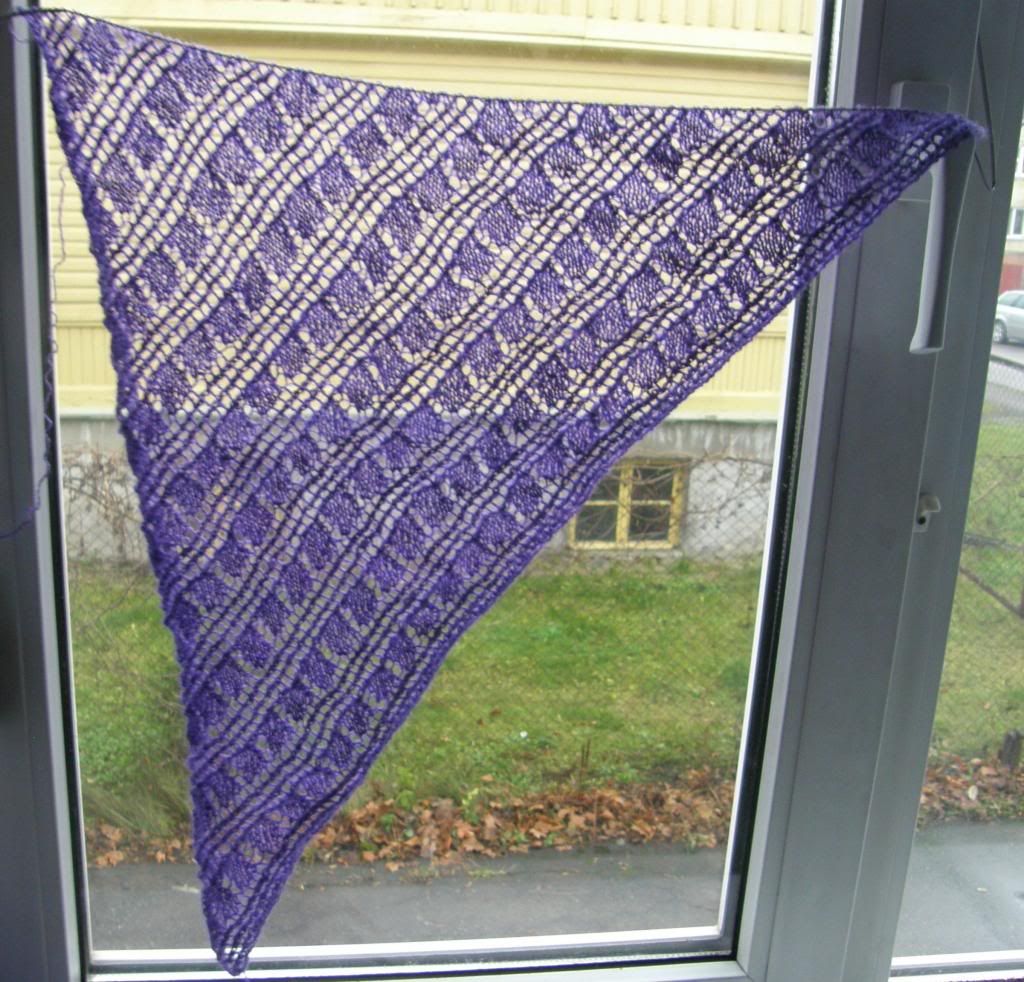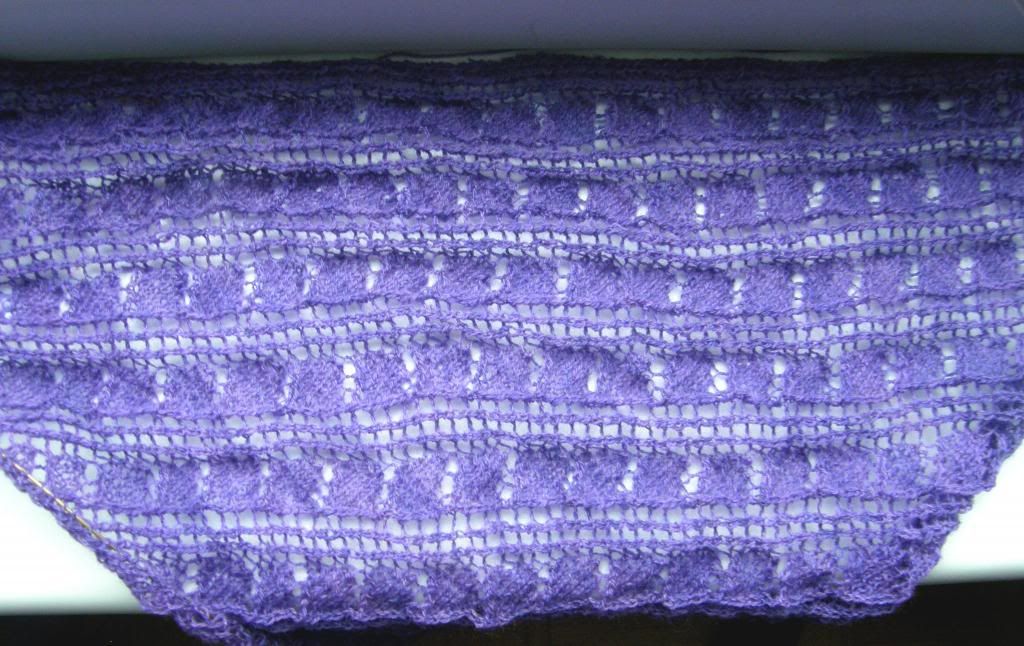Hoiatan, et postitus tuleb pikk ja teoreetiline. Sissejuhatuseks. Internetis võib leida erinevates keeltes üsna palju materjali stiili, moe ja moeajaloo kohta. Diapasoon on suur: moeblogidest, kus autor demonstreerib riideid ja annab teada, et sviiter on poest X ja kingad poest Y, kuni moeteooriani ja disainerite loomingu analüüsini. On ka neid, kes annavad nõu, pakkuvad soovijate abi isikliku stiili asjus jne. Kuid midagi taolist, mis ühendaks moeteooriat ja stiili kudumisega (s.o. mitte poest ostetud valmistrikotaažiga, vaid ikka käsitööle), ei ole ma näinud. Kui teil on teistsugune info, andke palun teada!
I am warning that this post will be long and rather theoretical. Introduction: there is a lot of stuff on the internet about style, fashion and fashion history. The range of topics is wide: starting from fashion blogs where an author demostrates clothes and lets us know that the sweater is from the store X and the shoes from the shop Y, to fashion theory and analysis of designers' work. There are also stylists who give advice and offer help to those who whish to find their personal style etc. But as far as I know, there is nothing that would link fashion theory and style to knitting (that is, not to industrially manufactured knits you buy in store but to crafts). If you know otherwise, I would be most grateful for the information!
Sellel asjade seisul on mitu põhjust, oskan nimetada vähemalt kahte. (1) Moedisaini poolt vaadatuna. Mulle tundub, et kudumine ei kuulu moedisaini hariduse kohustuslike ainete hulka (räägin ainult käsitööst, mitte tööstuslikust kudumisest). Tõsi küll, mõnel firmal on päris palju kudumeid igas kollektsioonis (selles mõttes kiidan väga meie
Montonit). Kõrvalmärkus: võib-olla peaks analüüsima hakkama just moekollektsioonide kudumeid, nagu seda tehakse tavaliselt muude riiete puhul? Disainihariduse juurde tagasi tulles: disainer peab teadma elementaarseid asju õmblemisest, see on iseenesest mõistetav, aga käistsikudumisest ei räägi eriti keegi.
There are several reasons for that and I can list at least two of them. (1) From the perspective of fashion design. It seems to me that knitting is not a compulsory part of designers' education (I am talking about handicraft and not industrial knitting). True enough, some companies have a lot of knitwear in every collection (and I am a big fan of the Estonian firm Monton in this respect). A side remark: maybe one should start analysing collections from the point of view of knitwear as it is usually done for other kind of garments? Coming back to designers' education: it is self-evident that a prospective designer should have an understanding of sewing but nobody speaks about hand-knitting.
(2) Kudumise poolt vaadatuna. Küsimus, miks inimesed koovad meie ajal, kui "poes on kõike ja osta on odavam", ei ole üheselt vastatav. Mõni ütleb, et kudumine rahustab ja on lihtsalt meeldiv. Mõni on vaimustatud rahvuslikest ornamentidest, kudumistehnikatest ja traditsioonid (hea näide on haapsalu sall, mille kohta leidub midagi igast tõsisest kudumisajaloo käsitlusest). Mõne jaoks on aga omakootud asjad midagi niisugust, mis aitab isikupärastada stiili ja on tänapäevale orienteeritud, mis aga ei takista muidugi kasutamast traditsioonilisi mustereid jne. Mõnd aga ajendab loovus ja tehniline huvi: kui teha nii ja nii, mis tuleb?
(2) From the perspective of knitting. The question why people knit nowadays when "you can get everything from a store and it is cheaper", does not have one clear answer. Some say that knitting is a calming and simply pleasant activity. Some are inspired by ethnic ornaments, techniques and traditions (Haapsalu shawl is a good example, any serious book on knitting history has something about it). Yet for others self-made knits give a personal touch to their style and their knitting is today-oriented. There are those who are guided by creativity and technical interest: if I do this and this, what kind of result will I get?
Kui põhjuseks ei ole eelviimase ja viimasena mainitu, siis ei pruugi kuduja näha seost moedisaini ja kudumise vahel (või see ei huvita teada). Nagu selle blogi lugejad teavad, minu kudumid on tänapäevased ja enamasti tehnilistest seikadest (konstruktsioon, lõnga ja koepinna omadused) ajendatud. Seega minu jaoks on olemas seos moedisaini, kudumise ja isikliku stiili vahel. Ma ei tea, kas austatud lugejaid huvitavab selline seos. Ise tunnen, et neid asju peab sõnastada esialgu kasvõi ainult minu enda tarvis. Üks näide on minu varasem postitus
minimalismist.
If the two last things are not the reason, then a knitter does not seem to link fashion design and knitting (or this is simply uninteresting in this case). As my readers know, my knitting is modern and guided mostly by the interest in constructuion, features of fabrics, patterns and fibers. Thus, I see the link between knitting, fashion design and personal style. I am not sure whether the esteemed readers care about it. As for me, I feel that I have to formulate these things at least for myself, to start with. My post on minimalism some time ago is an example.
Nüüd räägime lähemalt tekstuuridest. Ajendiks olid mõned venekeelsed blogi, kus stilistid annavad soovijatele nõu ning mõnikord analüüsib filmide ja seriaalide tegelaskujude riietust ja selle loojate tööd. Olen näinud mitmel venekeelsel stilistil tinglikku jaotust "indoor" ja "outdoor" tüübiks. Et "indoor" on pigem linlik, vajab siledama tekstuuriga materjale, on n-ö subtiilne, "sile" välimus, "outdoor" aga on rustikaalne või
casual, "krobeline", talle sobivad robustsemad faktuurid. Jaotus on pigem abstraktne, sest ka linlik tüüp võib edukalt tekitada endale igapäevast (
casual) stiili, mis ei tähenda tingimata lotakat kapuutsiga kampsunit taskuga kõhul, teksaseid ja botaseid, vaid midagi muud. Lõppude lõpuks ka "outdoor" ei ole kogu aeg keset põldu ja metsi, piltlikult öeldes. Siis sattusin virtuaalsele stiilikonsultatsioonile
siin (see ei ole blogi, vaid stiiliportaal vms; kui te vene keelt ei loe, vaadake pilte, sellest piisab), kus leiduski mind mõtlema pannud lõik.
Now let us discuss textures. The starting poing for me were several Russian-language blogs where stylists give advice and sometimes analyse colthing of film and series heroes. I have noticed a recurrent notion used by Russian-language stylists, that is, a classification into "indoor" and "outdoor" types. "Indoor" is predominantly urban, needs fabrics with a smooth texture, has a kind of "smooth" appearence, so ty say; "outdor" is more rustic or casual and can tolerate more textured fabrics ("textured"). Of course, the division is very abstract because an urban type can sucessfully create a casual outfit that does not necessarily consists of an oversized hoody with a pocket in front, jeans and trainers but something rather different. Finally, an "outdoor" type does not dwell amidst forests and fields all the time, to put it figuratively. Then I got across a virtual style consulting here (it is not a blog but some kind of style portal; if you don't read Russian, just look at the pictures, it is enough) where I found the paragraph I started pondering on.
Stilist toetub jaotusele "indoor"- "outdoor" ("sile" - "krobeline") ja tuntud liigitusele hooaegade järgi (annan väga üldise iseloomustuse, sest on mitmeid klassifikatsioone, mõnes versioonis on lausa 16 alaliiki või rohkemgi): talv (külm, kontrastne), kevad (soe, mahe), suvi (külm, mahe), sügis (soe, kontrastne). Iga tüübi sees on veel mitmeid alatüüpe, sest kontrastsuse/maheduse aste on erinev. Olgu öeldud, et enamik eestlasi kuulub kevade tüüpi, kuigi on ka muid. Et oleks selge, millest räägime, ütlen, et siinkirjutaja on väga tüüpiline "talve" esindaja ( ja "linliku" tüübi esindaja samuti; lühiduse mõttes ei hakka seda lähemalt seletama). Stilisti klient on aga heledapäine talv, Venemaa kontekstis suhteliselt ebatavaline, nagu teada saame (meil ja Põhjamaades aga leidub küll). Siin on kerge mööda panna värvigamma valiku, aga ka stiili suunitlusega. Edasi soovitab stilist "talvele" järgmist: "talv" on ilmekas ja ekstravagantne, riietus peab olema elegantne. Sobib minimalism, selged jooned, pigem geomeetrilised ornamendid. Materjalid peaksid olema siledad, voogavad, monokroomsed. Ja nüüd see (tõlge vene keelest): "Mis puutub jämeda koega asjadesse,
hand-made ning rüüšide, tikandi ja lilledega kaunistatud asjadesse, siis parem jätta nad romantilisele "suvele": sellised motiivid on konfliktis "talve" külma välimusega."
The stylist draws upon "indoor"-"outdoor" ("smooth"- "textured") classification as well as on the well-know classification that uses the season metaphore (I give a very genereal characterization because there are several similar classifications, some have even 16 types and even more): Winter (cold, contrasting), Spring (warm, delicate); Summer (cold, delicate), Autumn (warm, contrasting). There are several gradations within each type because the degree of contrast or coldness can vary. It should be mentioned that mostly Estonians belong to the Spring type, although there are others. In order to examplify what I am talking here, the current writer is a very unambiguous representative of the Winter type (and "indoor" as well; for the sake of brevity, I will not go into this). The client of the stylist in question was a Winter with fair hair, not a very frequent occurence in Russia, as we hear (but more usual in this country and in the Nordic countries). It is very easy to make a mistake with the colour palette and the basic features of the style in this case. The stylist gives the following advice: Winter is expressive and extravagant, the clothes should have an elegant touch. Minimalism, clear lines are welcome; if you wish prints etc, the ornament should be geometrical. Fabfics should be sleek and smooth, monochrome. And now this (translation from Russian): "As for garments with bulky texture [literally: rough knit], hand-made [the English term used within the Russian text], frills, embroidery and other adornments, it is better to leave them to romantic Summer: these elements are in conflict with the cold appearence of Winter".
Monokroomsus ja minimalism - sellega olen nõus, need on kontrastse tüübi sõbrad. Aga "hand-made"? See on ju kogu käsitöö, aga käsitsi kootud asi võib olla väga erinev, kasvõi üleni labases parempidises ja labases pahempidises koes, ka siledast lõngast (muide, kontrastsele tüüblile sobiks väga nii-öelda jämeda koega, aga siledast, pisut läikivast lõngast, nt viskoosist kootud minimalistlik riidetükk!). Ka pitsid ja ornamendid võivad olla erinevad, nt naturalistlikud (lilled, marjad jms) või geomeetrilised, abstraktsed (rombid, diagonaalid, sakid). "Jäme kude"? Minu meelest on siin segamini mitu asja. Reljeefne kude iseenesest ei ole "romantiline", ta ei pruugi ka olla tingimata rustikaalne. Pildil oleval kampsunil on suur muster, kootud jämedast lõngast jämeda vardaga, varrukad ja nööbiliistud on pärlkoes, mis on vägagi reljeefne.
Monocrhome and minimalism are friends of a contrasting type, I cannot agree more. But "hand-made"? This is all kind of handicraft, my friends, and you know that a hand knit can be very different, including stockinette or reverse stockinette throughout, including from smooth yarns (by the way, a so-called rough-textured minimalist knit from a sleek, somewhat shiny yarn like rayon would be very flattering for a contrasting type!). Also there is a difference between different kinds of lace and patterns, for instance, some are naturalistic (flowers, blossoms, berries) or abstract, geometrical (diamonds, diagonals, zigzags). "Textured, rough knit"? I think several things have been confused here. A pattern with a high stitch definition as such is not "romantic" and it has not to be rustic either. This jacket in the picture has large stitch patterns, knitted from a relatively thick yarn with a thick needle, the sleeves and button bands are in moss stitch that has a very high definition.

Muidugi oleneb sellest, kuidas ja millega seda kanda. Kui on pikk, lai, eesti rahvariideid imiteeriv triibuline seelik, on üks, kui on mustad kitsad püksid ja sviiter (nagu pildil), siis on hoopis teine. Alumisel pildil olev pitsiline sviiter on küllalt abstraktse mustriga, ei paiguta kandjat ühemõtteliselt "õrna romantilise" stiili esindajate hulka (vähemalt loodan ise nii). Lõng on pisut kohev ja õhuline (mohääri sisalduse tõttu), seega pole läikiv ega sile. Müür minu selja taga on vägagi linlik (Vilniusest leidub selliseid toredaid hoove)! Kudum minu seljas ja selle müüri taustal ei mõju võõrkehana, ütleme nii. Sviiter on sügavat rohelist värvi (ei ole "õrn", vaid on tüüpiline "talve" värv), langev krae on üsna minimalistlik. Ma ei näe siin vastuolu "talvise" "linliku" välimuse ja olekuga ja suure mustriga koheva sviitri vahel.
Of course, a lot depends on how you wear it and with what you combine it. If you combine it with a long, wide striped skirt in the style of Estonian folk costumes, it gives you one kind of outfit; if you have black trousers and a black sweater (as in the picture), it is another story alltogheter. The next picture features a lace sweater but with an abstract stitch pattern; the sweater does not place its wearer among the representatives of the "delicate romantic" style (at least I hope so). The yarn is somewhat fluffy and airy because of the presence of mohair, thus, is far from being shiny and smooth. The wall behind my back is very urban indeed (there are such lovely courtyards in Vilnius)! The garment as I wear it and against the background does not seem out of place, let us put it in this way. The colour of the sweater is deep, cold green (nothing of the "delicate" kind but one of the typical Winter colours); the falling collar is rather minimalist. I fail to see a conflict between the Winter type,"urban" appearance and the fluffy sweater with a big lace pattern.
Kuigi see kampsun on kootud tütrele ja värv ei ole just minu oma, ka siin ei sõdi omavahel "linlik välimus" ja see üsna jämedast lõngast (50 g/150 m) kootud jakk. Nagu kirjutasin varem, punane sall aitab teha mitte võimatu, aga siiski mitte päris minu värvi talutavaks. Aga peale selle võib sallil olla ka muu funktsioon. Isegi kui kampsun oleks hall või must, on suur pehmest siledast riidest sall (kas punane või tumelilla või roheline, ühesõnaga, mõnda sügavat, intensiivset värvi) päris hea kontrast. Pikk, eest lahtine kardigan teeb figuuri optiliselt pikemaks. Kui jätta salli otsad ripuma, loob see vertikaalseid jooni veelgi. Koepinna lopsakus ei mõju ebakohasena. Jäme tekstuur ei vii kogu komplekti rustikaalsuse või sportlikkuse kanti.
Although I made this jacket for my daughter and the colour is not exactly mine, there is no argument between the "urban appearence" and this jacket from a rather bulky yarn (50 g/150 m). As I have written before, the red scarf helps to make more tolerable this not exactly impossible but still not ideal colour. But the scarf can have a different function here as well. Even if the jacket were black or gray, a long scarf from a soft, smooth fabric (red or dark purple or green, in one word, some deep, intensive colour) creates a nice contrasts. A long opened cardigan makes the figure optically longer. If you let the ends of the scarf just hang, it will add to the vertical dimension. The textured character of the knitted fabric does not seem to be out of place. The busy ornament does not link the whole outfit to rustic, country or sport style.

Niisiis: reljeefne võib olla jõuline (see on see, mida taotlen jämedakoeliste kudumitega), võib aga olla romantiline ja/või rustikaalne, hubane/casual (aga antud piltidel ei ole). Nüüd kokkuvõte: mis see kudujatesse puutub ja miks ma sellest juttu tegin? Sest kududes loome ühtlaselt nii asja, kui tekstuuri. Sellest tuleb alati mõelda.
Thus: textured fabric can be powerful and dynamic (this is what I try to achieve with bulcky knits; I always have difficulties with the Estonian word jõuline, it is hard to render in any other language) on the one hand and romantic and/or rustic, cosy/casual on the other. But it is not the case in the given photographs. Now to summarize: how does this concern knitters and why I started talking about it in the first place? Because when we knit we create the garment and the fabric simultaneously. We have to keep this in mind all the time.






